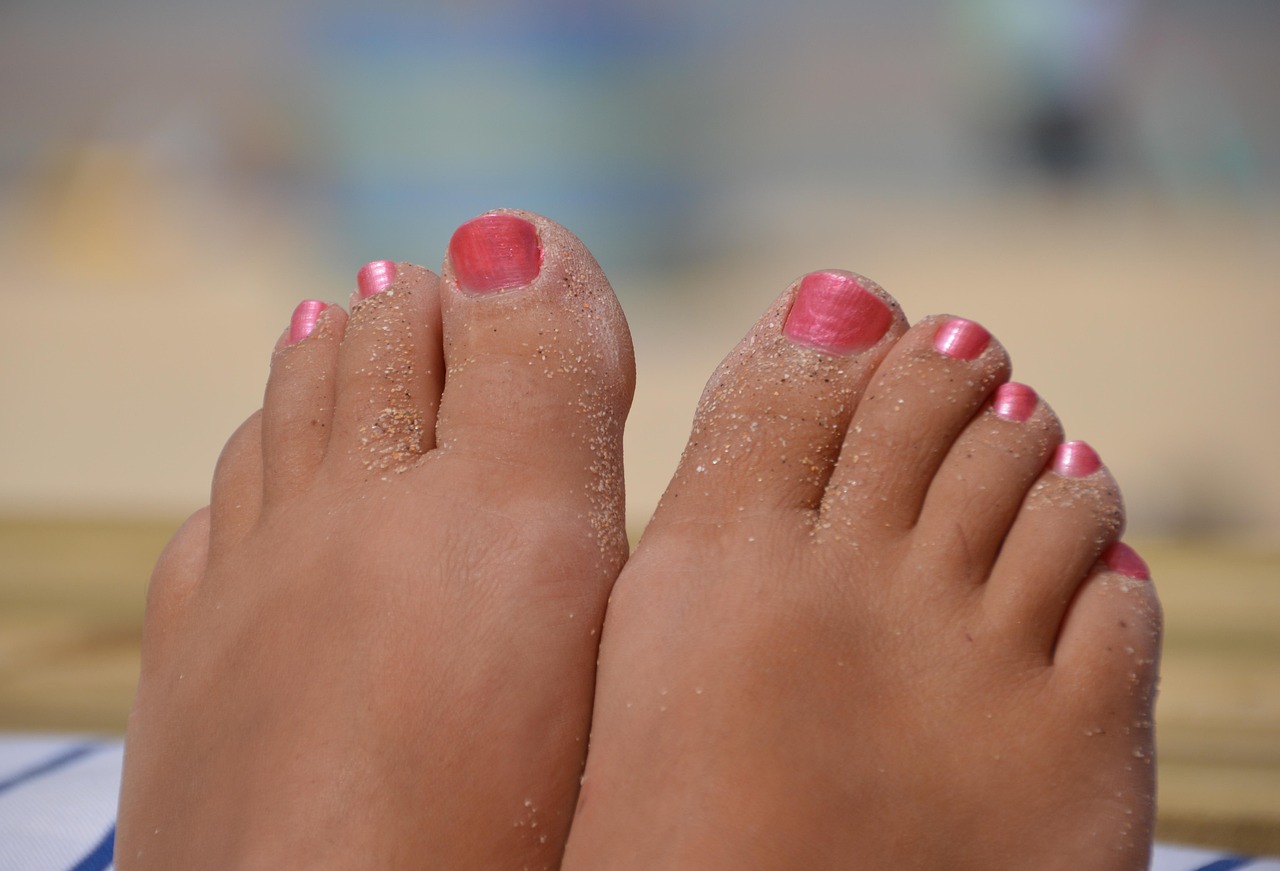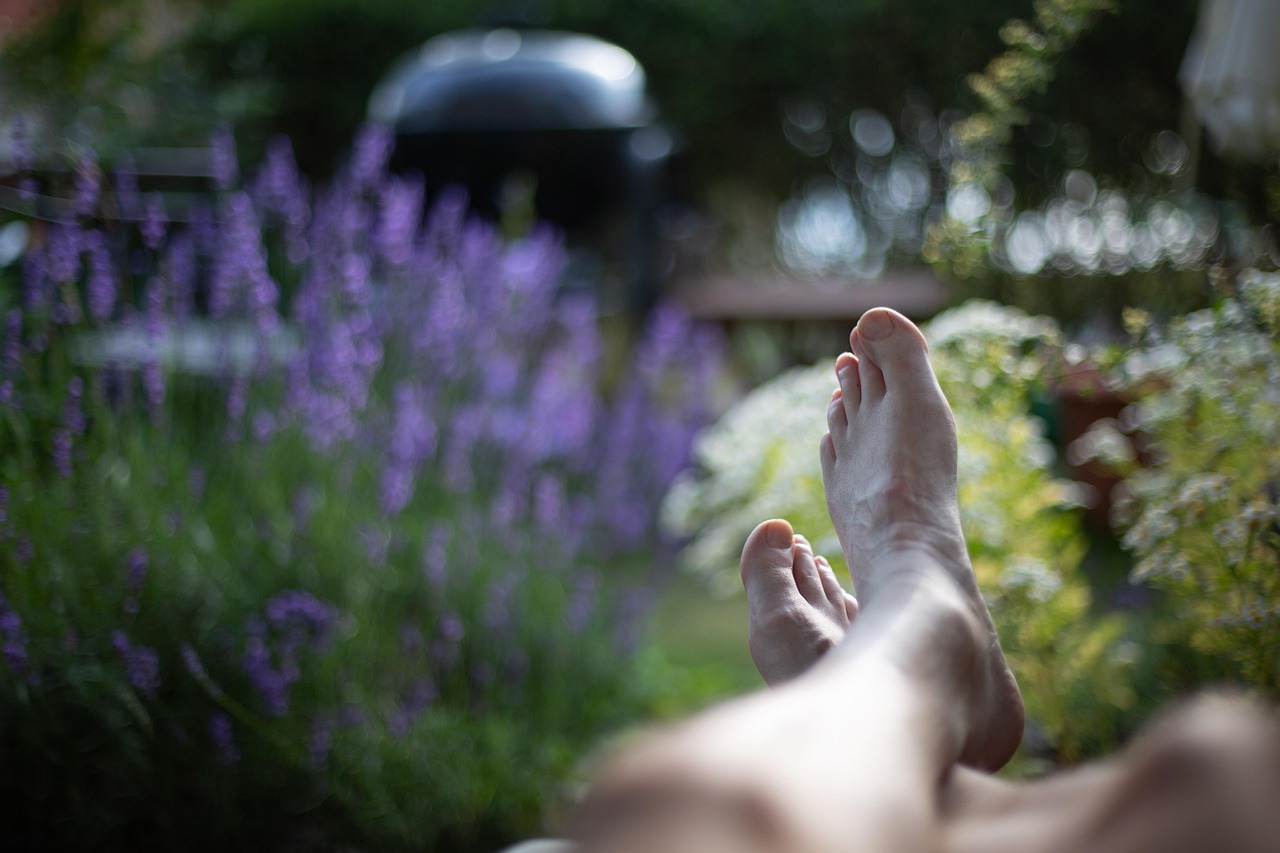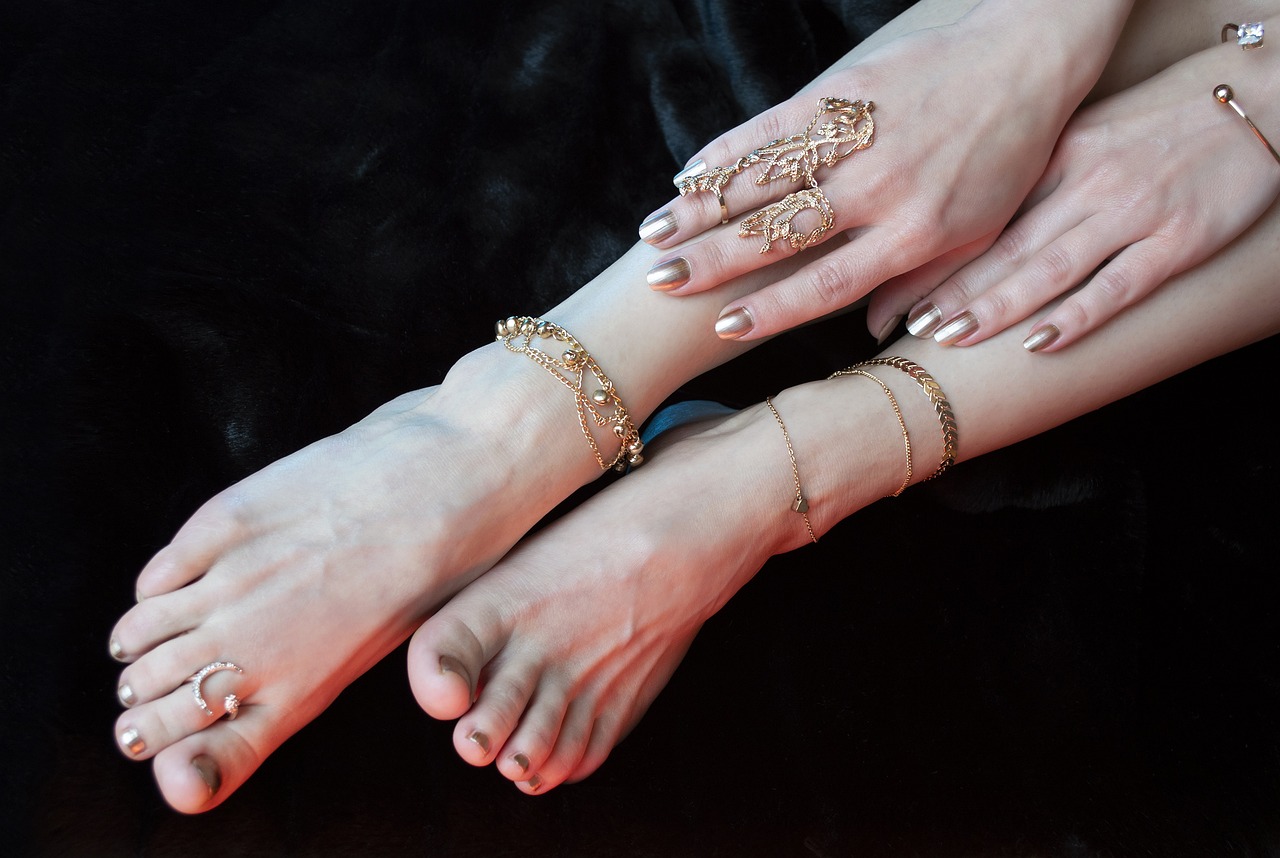Table of Contents
ToggleAre Foot Masks Effective for Heel Repair?
Foot masks have gained popularity as a fun, “self-care Sunday” skincare trend — promising baby-soft feet with little effort. But when it comes to serious heel repair, many people ask: Are foot masks really effective, or are they just skincare hype?
In this article, we’ll take a closer look at what foot masks actually do, whether they can treat cracked heels, and how they compare to creams and other targeted treatments from The Beauty Pure.
What Is a Foot Mask?
Foot masks come in two main types:
- Moisturizing Sock-Style Masks – Soft fabric booties soaked in nourishing ingredients like shea butter, aloe vera, or glycerin
- Peeling Foot Masks – Contain exfoliating acids (like AHA or lactic acid) that cause dead skin to peel off over several days
While both types can improve skin appearance and texture, they serve very different purposes — and neither is a full substitute for a true heel repair routine.
What Foot Masks Can Do
- Provide temporary softness and hydration
- Gently exfoliate dry, flaky skin
- Smooth the skin surface
- Enhance the effects of regular foot cream (when used together)
What Foot Masks Can’t Do
- Heal deep cracks or bleeding fissures
- Treat thick calluses from chronic dryness or pressure
- Provide long-term hydration without follow-up care
- Replace daily moisturizing and exfoliation
💡 Foot masks can complement your routine — but true heel repair starts with consistent hydration and barrier restoration. Start with The Beauty Pure.
When Are Foot Masks Helpful?
Foot masks are best for:
- Mild dryness or rough texture
- Seasonal maintenance (especially post-winter or before summer)
- Pre-pedicure prep
- Supplementing your regular cream (not replacing it!)
Use a foot mask once every 1–2 weeks as a boost — not a primary treatment.
What to Use for Real Heel Repair
If your heels are cracked, painful, or thickened, you need more than a mask. You need active, targeted ingredients like allantoin, panthenol, urea, and glycerin, which are designed to heal, repair, and protect.
✅ Best for daily hydration:
✅ Best for deep cracks:
👉 Lapitak Cream for Cracked Heels
Use these daily (especially at night with socks) for visible results in as little as 3–5 days.
How to Combine Foot Masks with Your Routine
Step-by-step combo care:
- Use a moisturizing foot mask once a week
- After removing the mask, massage in Lapitak Foot Care Cream to lock in hydration
- On other days, apply Lapitak Cream for Cracked Heels before bed
- Wear socks overnight for best results
Final Thoughts: A Boost, Not a Cure
Foot masks are great as a pampering treat or an occasional skin-smoother — but they’re not a long-term solution for heel damage or dryness. For real, lasting results, nothing beats targeted creams and a consistent routine.
👉 Explore The Beauty Pure to find foot care products that go beyond surface softness — and start delivering true repair.





